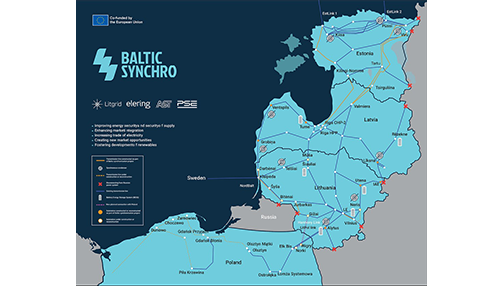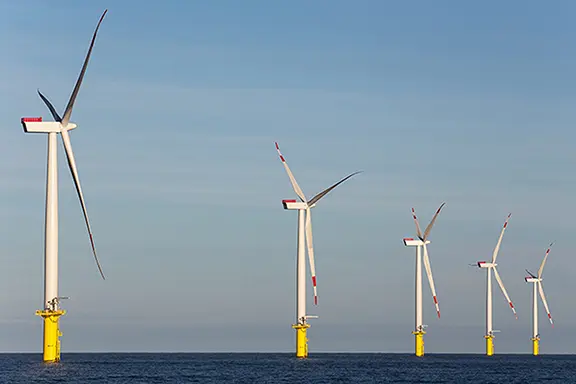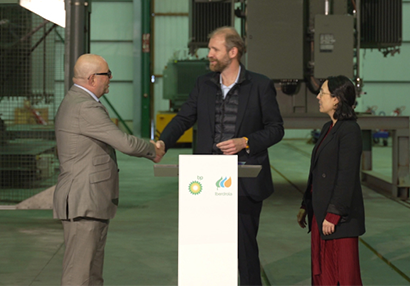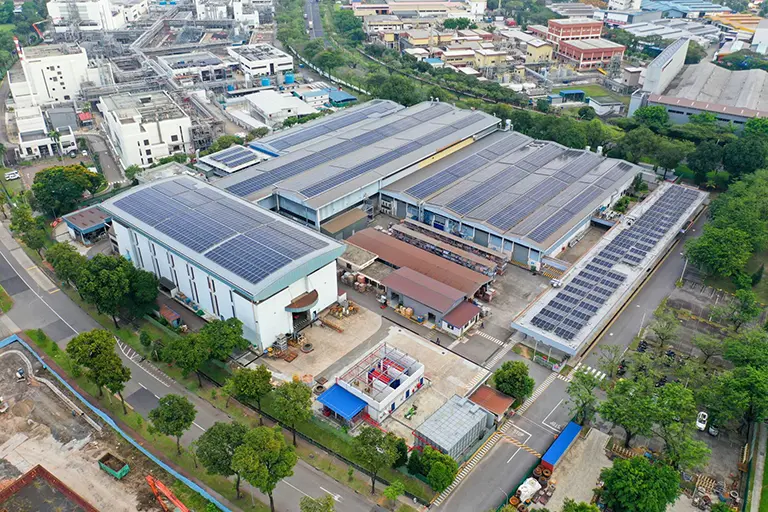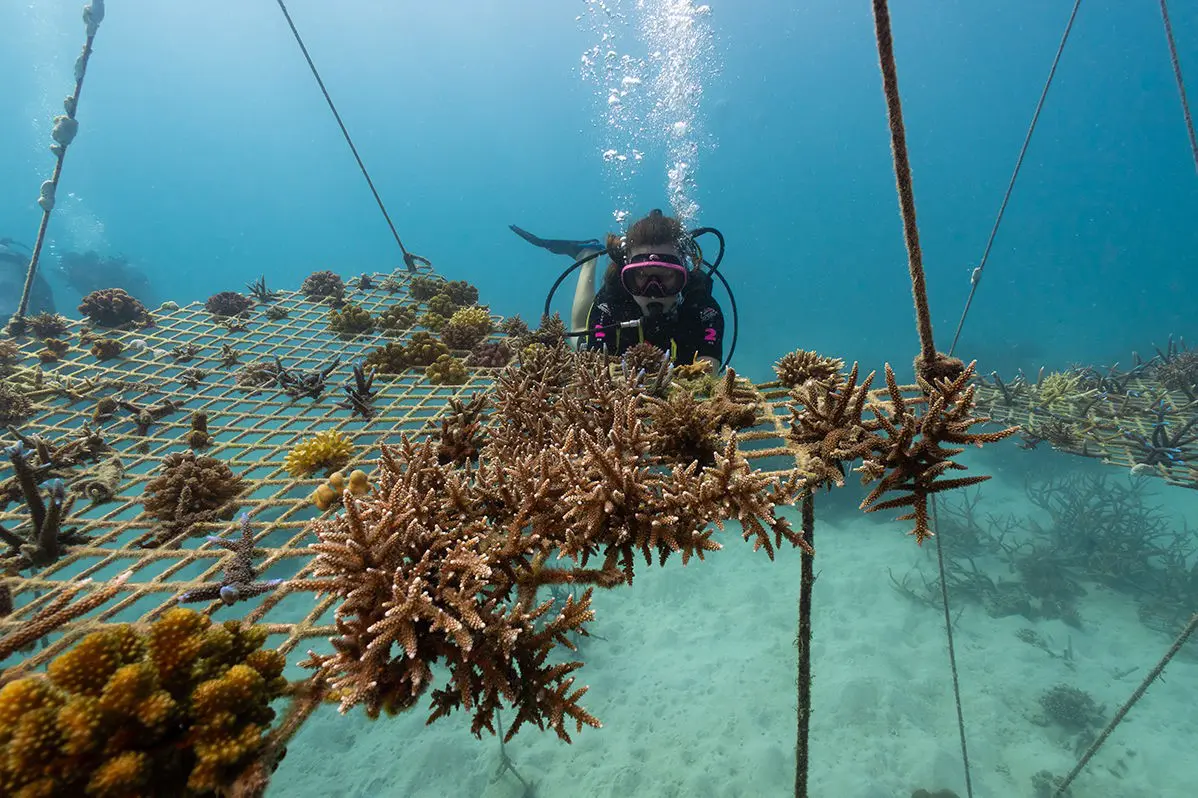
Advancing Microbattery Design And Manufacturing Practices
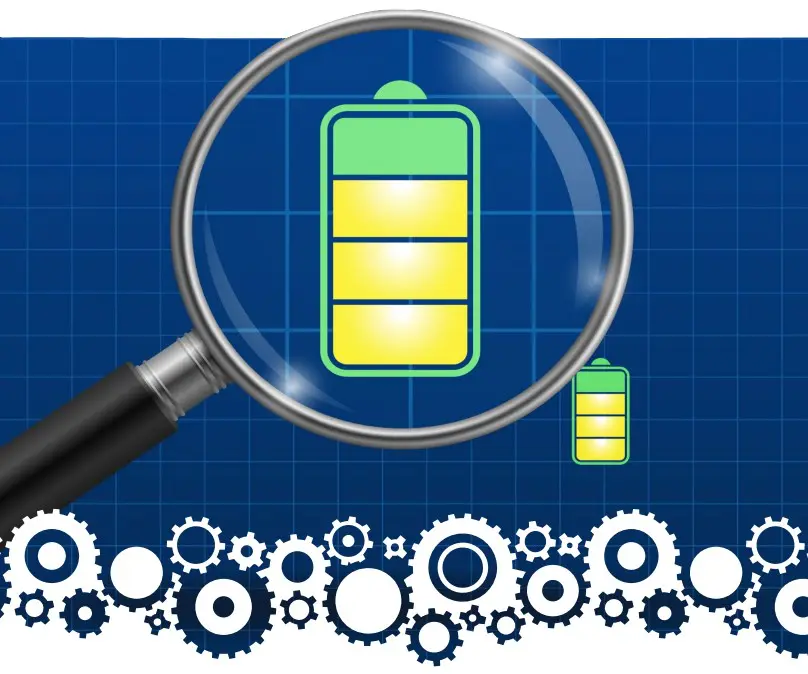
The US Department of Energy (DOE) has unveiled awards for eight new designs for microbatteries, through Phase 1 of the Microbattery Design Prize. This prize aims to accelerate the commercialization of these innovative microbattery designs, along with their integration into the existing technologies needed for clean energy manufacturing.
In this first ‘Ideas’ phase, competitors developed and submitted technical designs and schematics for microbatteries that serve a specific application (like a grid monitoring devices) and meet certain performance goals (like a specific storage capacity, cycle lifetime, safety, or recyclability) that go beyond what is commercially available today.
In addition to automatically advancing to Phase 2 of this prize, each of the eight selected projects will receive an award consisting of US$75,000 in a cash prize along with performance and safety testing services with DOE National Laboratories.
Currently, the microbattery market is unable to leverage many of the existing manufacturing processes of the larger battery supply chain ecosystem, due to the requirements associated with their small size. This presents a major barrier to the development and commercialization of new microbattery chemistries and designs, along with an opportunity to increase domestic production and secure supply chains.
“From powering sensor systems for improved smart manufacturing processes to running sensors for grid monitoring, microbatteries are becoming more and more crucial for clean energy manufacturing scale-up and smart technology innovation,” said Jeff Marootian, principal deputy assistant secretary for energy efficiency and renewable energy. “As our nation rapidly transitions to a clean energy future, the ability for us to domestically produce a wide range of microbatteries is going to be hugely important for achieving the Biden-Harris Administration’s clean energy goals of achieving 100% clean electricity by 2035 and net-zero carbon emissions by 2050.”
Winning Projects
The winners through Phase 1 of the Microbattery Design Prize are:
AUDIANCE Inc.
AUDIANCE Inc. is building a microbattery to power implantable medical devices, like cochlear impacts. The team’s design, which consists of uniquely shaped electrodes and a safe gel electrolyte, could be rechargeable as well as safer and longer lasting than current technologies.
Bioechem LLC
Bioechem is designing a “biological battery,” built with a novel microorganism, that will power underwater sensors. Because it can be dangerous to use lithium batteries in underwater animal tracking sensors, Bioechem’s non-lithium battery is a safer option as well as lightweight, renewable, and affordable.
Drexel Nanomaterials Institute
Drexel Nanomaterials Institute is developing printed lithium-ion microbatteries for hearing aids. Their design could provide more than 1.5 billion people who experience hearing loss worldwide with smaller and lighter hearing aid devices which can charge faster and last longer.
EnsurgeMicropower Inc.
EnsurgeMicropower Inc. is designing an affordable, long-lasting microbattery for microelectronics, like hearables and wearables. Their solid-state microbattery uses solid rather than liquid electrolyte, making it a safer option, and comes in customizable sizes, so manufacturers can create the shape they need for their device.
Ionic Devices
Ionic Devices is a new start-up working on a solid-state battery that leverages thin-film manufacturing processes from the semiconductor industry and is safer than traditional lithium-ion batteries. Their design could offer a lower cost, more environmentally friendly battery that can store more energy at a time.
MORENERGY
MORENERGY is designing a lithium-ion microbattery that could improve current hearing aid technologies, enabling them to last longer, be rechargeable (or recharge faster), and come in smaller sizes. Its microbattery’s design innovation gives it the ability to store more energy in a smaller package, which could also give hearing aids additional functionality, like Bluetooth connection.
Power 3D
Power 3D is improving on its novel method of creating energy dense batteries using 3D printed electrodes. Such electrodes can build next generation wearable electronics that can last longer and charge faster than the products available today.
XTemp Quanta
XTemp Quanta is creating a 3D-printed microbattery that can withstand extreme temperatures and has five times the capacity of similar sized batteries. Its design uses lithium-ion phosphate, a more sustainable option than cobalt.

Phase 2
Phase 2 of this competition is now open. These eight competing teams will create prototypes that will be submitted to DOE national energy laboratories for performance and safety testing. Competitors will work to determine potential cost to manufacture their designs at scale. By the end of this Phase 2, participants will develop a realistic plan to commercialize and manufacture their technology.
Ultimately, one project will be chosen as the final winner of this prize and will receive US$300,000 in prize money and up to two runners up will receive US$175,000 each in cash.


